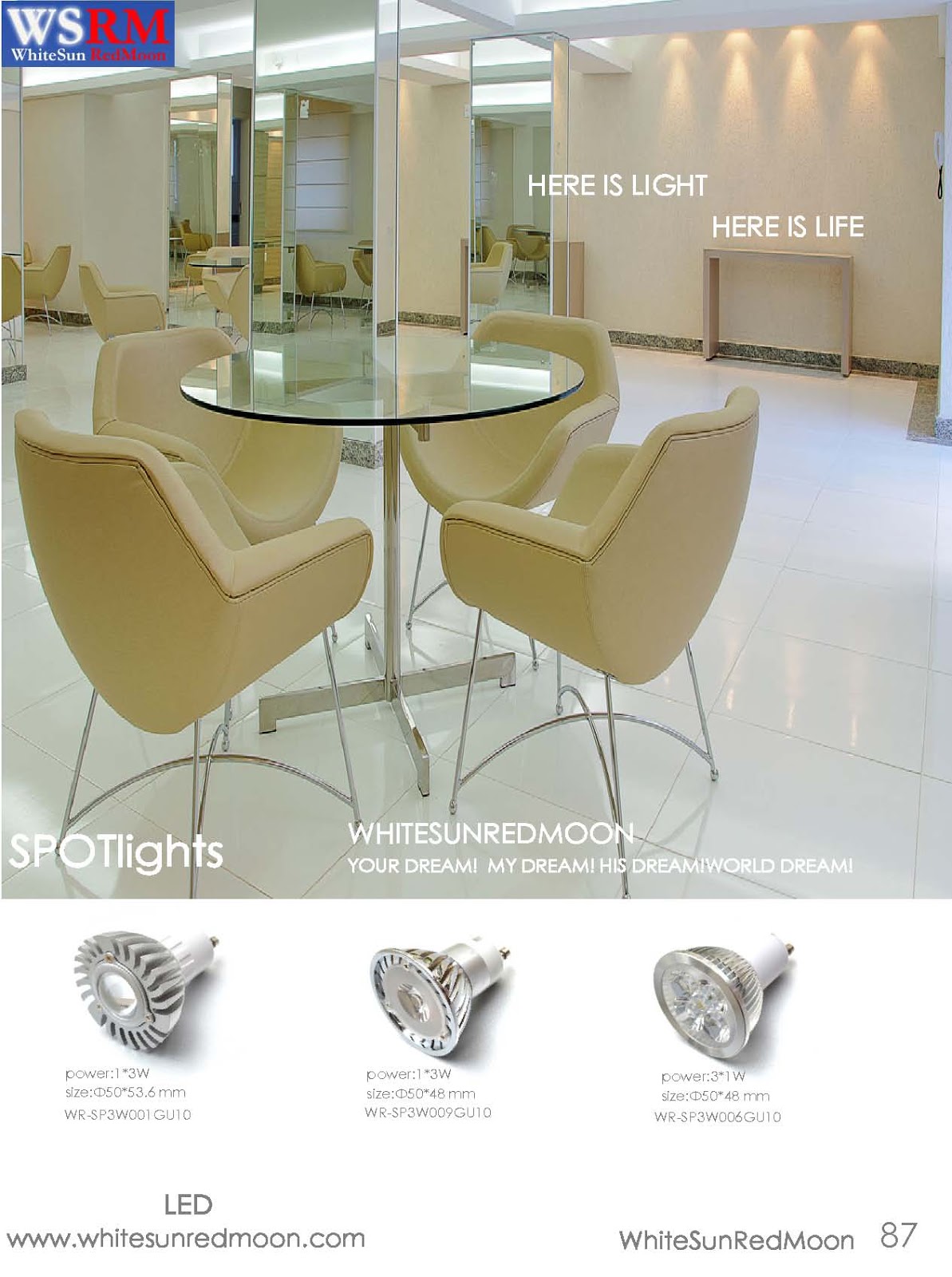HERE IS LIGHT!HERE IS LIFE!
www.whitesunredmoon.com
WSRM---LEDlights glass envelope is different with CFLs!
We won’t rest until we’ve explored every way LEDs and CFLs differ! This post is part of a series doing just that. So far we’ve covered everything from the basics, like rated-life and energy-efficiency to ore complex topics, like how each source performs in cold temperatures.you will read the series intrmoduction in the next period of time.
If you’re deciding which light source to use for your next project, look no further! In our blog series, we’re going in-depth to explore the differences between LEDs and CFLs, so you can make the best decision. In this post, we’re talking about structure…
LEDs and CFLs are built very differently.
LED light bulbs use glass or plastic envelopes of almost any thickness. They’re built to last, even in the most demanding circumstances. CFLs, on the other hand, have a daintier construction. If you drop one, the thinner glass envelope could easily break. This can be a problem, especially because CFLs contain trace amounts of mercury that will be released when the light bulb shatters.
To prevent CFLs from cracking so easily, some manufacturers have begun encasing CFLs in silicone coatings, so even if the glass breaks the shards and mercury will stay within the silicone, not allowed to get into your environment. The CFL’s traditional spiral is covered by a more conventionally shaped envelope like this:
As a general rule, we at WSRM Lighting recommend you use LED light bulbs for rougher applications, when the light bulb faces a lot of wear and tear – think traveling or within portable fixtures. For more static, quiet applications, either light bulb should serve you well.
www.whitesunredmoon.com
http://zgledn.yglm.mobi/
SALES CONTACT
ITALY
Torino
39011redmoon1@myledonline.com
Rome
3906whitesun1@myledonline.com
SPAIN
Barcelona
3493redmoon1@myledonline.com
GERMANY
Berlin
4930whitesun1@myledonline.com
FRANCE
Paris
331redmoon1@myledonline.com
ENGLAND
London
4420whitesun1@myledonline.com
RUSSIA
Moscow
7499redmoon1@myledonline.com
FINLAND
Helsinki
3589whitesun1@myledonline.com
NORWAY
Oslo
47whitesun1@myledonline.com
AUSTRIA
Vienna
431whitesun1@myledonline.com
39011redmoon1@myledonline.com
Rome
3906whitesun1@myledonline.com
SPAIN
Barcelona
3493redmoon1@myledonline.com
GERMANY
Berlin
4930whitesun1@myledonline.com
FRANCE
Paris
331redmoon1@myledonline.com
ENGLAND
London
4420whitesun1@myledonline.com
RUSSIA
Moscow
7499redmoon1@myledonline.com
FINLAND
Helsinki
3589whitesun1@myledonline.com
NORWAY
Oslo
47whitesun1@myledonline.com
AUSTRIA
Vienna
431whitesun1@myledonline.com
NETHERLAND
Amsterdam
3120whitesun1@myledonline.com
SWITZERLAND
Zurich
4144whitesun1@myledonline.com
TURKEY
Istanbul
90216whitesun1@myledonline.com
BELGIUM
Brussels
322whitesun1@myledonline.com
SWEDEN
Stockholm
468whitesun1@myledonline.com
HUNGARY
Budapest
361whitesun1@myledonline.com
SCOTLAND
Glasgow
44141whitesun1@myledonline.com
ICELAND
Reykjavik
354whitesun1@myledonline.com
SWITZERLAND
Zurich
4144whitesun1@myledonline.com
TURKEY
Istanbul
90216whitesun1@myledonline.com
BELGIUM
Brussels
322whitesun1@myledonline.com
SWEDEN
Stockholm
468whitesun1@myledonline.com
HUNGARY
Budapest
361whitesun1@myledonline.com
SCOTLAND
Glasgow
44141whitesun1@myledonline.com
ICELAND
Reykjavik
354whitesun1@myledonline.com






No comments:
Post a Comment